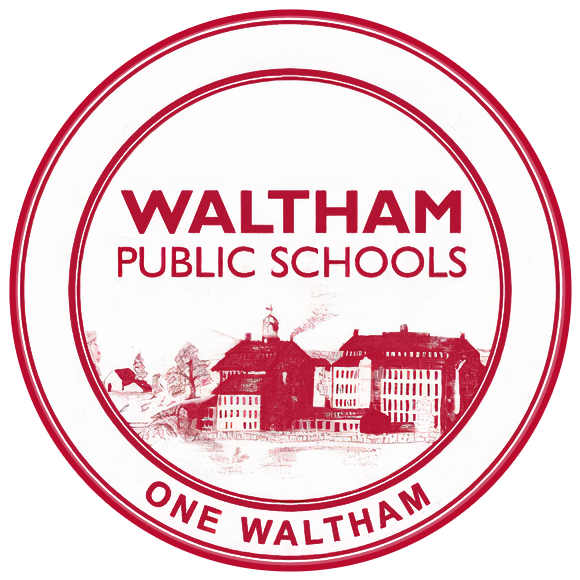WHS ESL 2B Curriculum Guide
Grades 9-12 College Prep 7.5 credits
ESL focuses on systematic, explicit, and sustained language development within the context of the Massachusetts Curriculum Frameworks and WIDA. This course is designed to build on students’ cultural and linguistic knowledge and bridge into more complex English skills. Students enrolled in ESL 2B are also offered English for the Workplace 2 and/or ESL Comp 2. Students will engage in academic conversations and writing to inform, explain, narrate, and argue. They also research meaningful topics and give short individual and group presentations, using technology. In line with the school’s focus on Project Based Learning and collaboration between the Multilingual Department and other departments, there will be curriculum embedded performance assessments and a final project. Prerequisite: Demonstrated competence of the language addressed in ESL 1B and 2A or equivalent assessment and teacher recommendation.
Unit | Timeframe | Big Ideas (Statements or Essential Questions) | Major Learning Experiences from Unit |
|---|---|---|---|
Module 1-Cultural Identity | August- October |
| Students read accounts of how people in US/Spanish speaking communities identify with the terms “Hispanic” and “Latino”. They discuss what these terms mean to them. They then read biographies of people in these communities and summarize key points. Students will be able to:
|
Module 2-Myths and Monsters | November- December |
| Students read various myths from around the world, making connections between the myths and their scientific explanations. They then read the novel Frankenstein and discuss what it means to be human. Students will be able to
|
Module 3 - The Power of Personal Stories | January- February |
| Students write personal narratives and discuss how experiences have shaped their lives. Students will be able to
|
Module 4-Social Justice in Fiction and Nonfiction | March-May |
| Students read one of three texts with their class: Persepolis by Marjane Satrapi, March, by John Lewis, or Other Words for Home by Jasmine Warga. They explain how social justice affected the people in these works and discuss what social justice means to them. Students will be able to
|
Module 5- Policies and Current Events. | May-June |
| Students research a current events issue or a school policy that they feel is important to them. They read articles on the topic and then create a presentation arguing possible solutions to a problem or policy. Students will be able to
|
